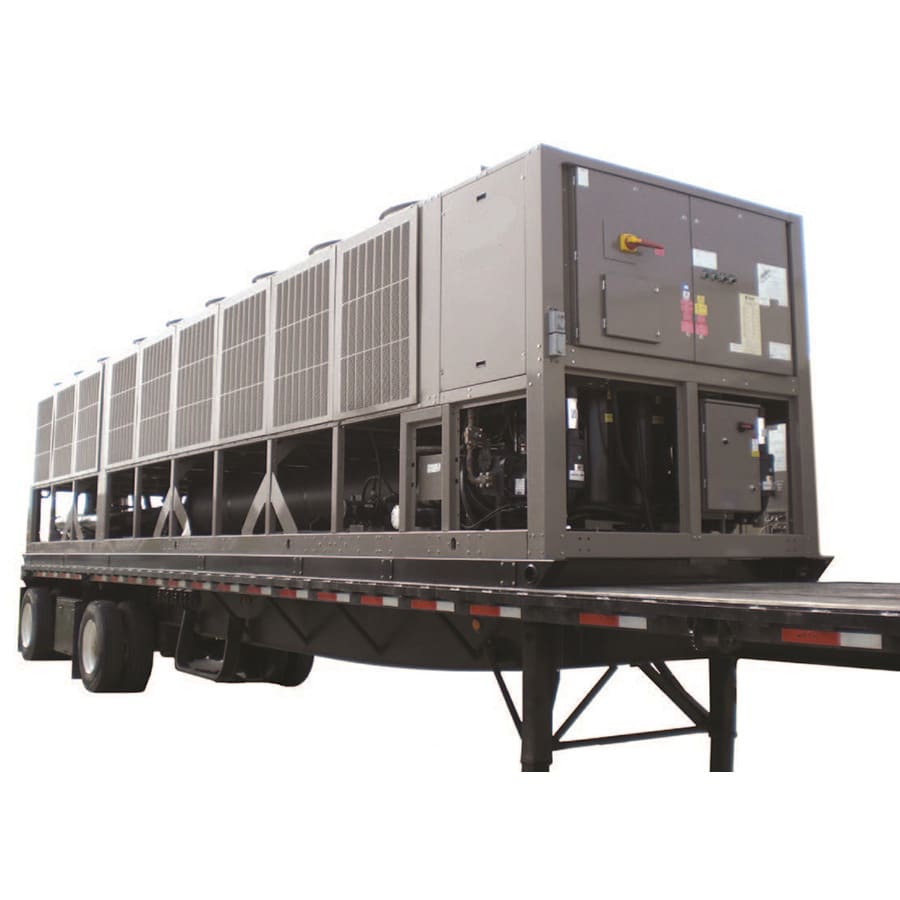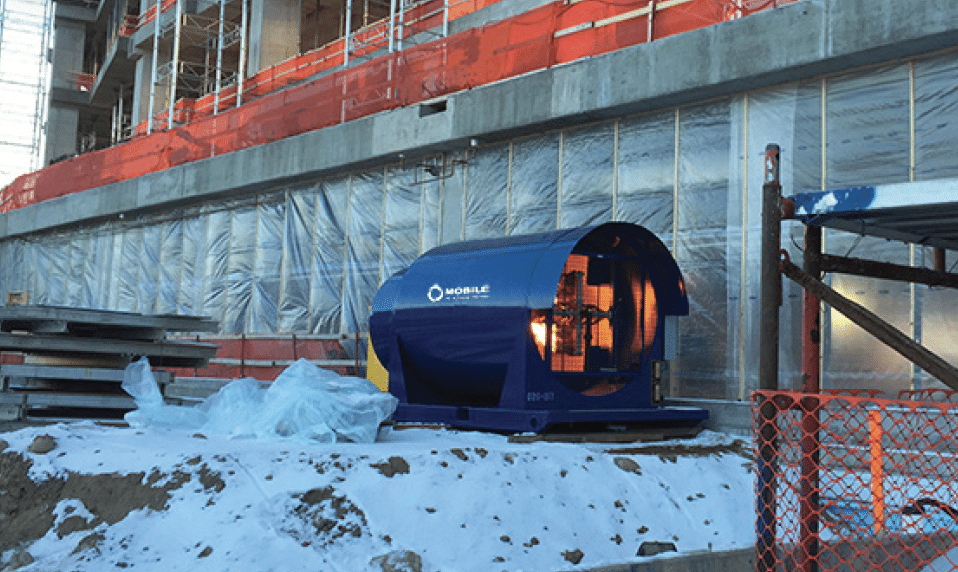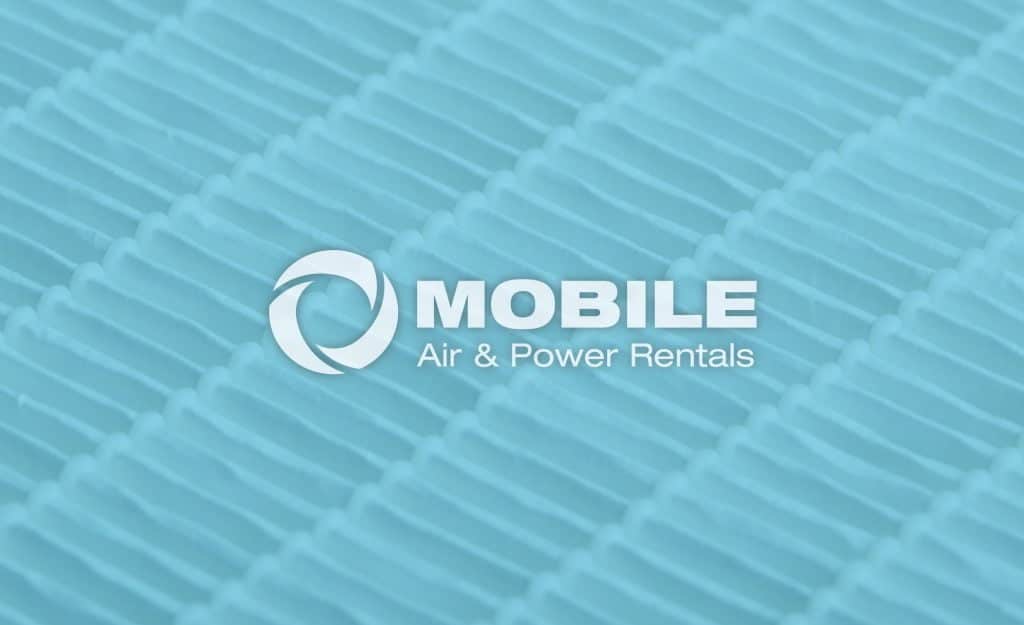As spring begins its long-awaited return in the United States, it brings along weather that’s warm enough to keep precipitation in a liquid state, but not so warm that it begins to limit precipitation from happening in the first place. In short, it’s about to rain quite a lot in many parts of the country. And where there’s rain (or any other large collection of water, such as a river or dam), there’s a legitimate risk of flooding.
Floods are perhaps the most common natural disaster in the US. This is partly thanks to how common flooding conditions are around the country, since it only requires an abundance of water to create some potential risk. With that said, it’s probably wise for most business owners to have some preparations in place for flooding at their facilities. Preparation is especially important due to the speed at which flooding can occur. It may occur over hours of rainfall, but in the case of flash flooding, you may be facing a deadly situation out of nowhere. For this reason, it’s best to do as much preparation as possible ahead of time, so here are some basic tips to get you started.
First and foremost — make a plan. Whether that’s for receiving weather notifications, evacuating the building, or designating a shelter, it can be critical to make as many decisions as possible before you encounter a dangerous situation, flooding or otherwise. Next, gather whatever resources you can to put together an emergency kit. This can consist of anything from food to flashlights and first aid supplies, but make sure to periodically replace perishables and to store the kit somewhere accessible.
Beyond preparing for the safety of you, your employees, your customers, and anyone else at your facility, you can also make efforts to mitigate damage to your property in the case of moderate or mild flooding. It may not matter if water levels nearly reach the ceiling of your first floor, but efforts such as installing sump pumps in problematic areas can help keep your building as dry as possible if you face moderate but frequent flooding.
Similarly, if you expect flooding and overall humid conditions on a regular basis during the wettest times of the year, consider renting a dehumidifier from Mobile Air & Power Rentals to keep your building suitably dry the entire time. One of our technical sales representatives can assess your facility and determine the most appropriate capacity for your need. Any service can be handled by our expert technicians and best of all, you don’t have to worry about storing and maintaining a dehumidifier for the rest of the year.
These are some important measures you can take to get your flood preparation started, but there’s likely more that you can do given your exact circumstances. In any case, it’s always best to do some of your own research to supplement your prep. Lastly, don’t forget about your private life. Most of these steps can easily be applied towards your preparation at home, so make sure that you and your family are safe, too.
Contact Mobile Air & Power Rentals to learn more about our temporary dehumidification equipment and how they can help in the case of flooding.






